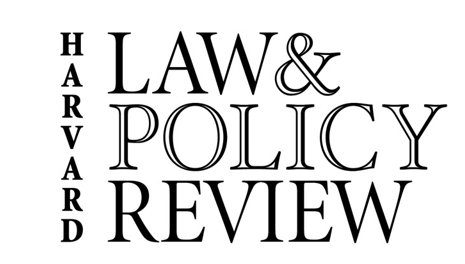By Chris Sagers[1] In the world there are weightier things than antitrust, and the Supreme Court nomination of Judge Brett Kavanaugh involves many of them. His replacement of Anthony Kennedy will likely change the Court’s balance in several areas, perhaps including the constitutional status of abortion, marriage rights, and who knows what other civil rights affairs. It also no doubt poses concerns about challenges to the Trump administration and the President himself, in the ethical, national …
Continue Reading about Antitrust, Political Economy, and the Nomination of Brett Kavanaugh →
